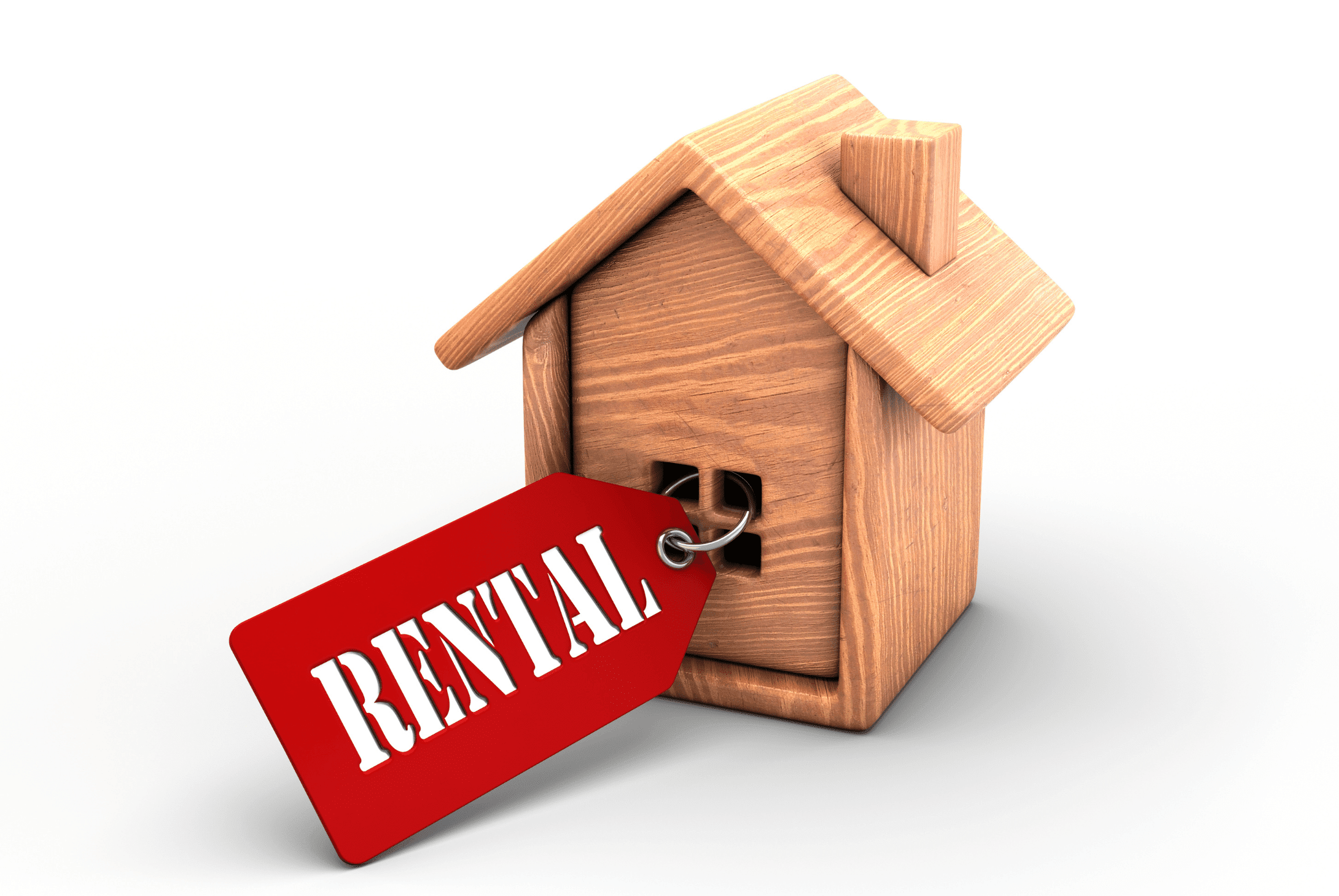How to Increase your Cash Flow with Your Rental Property: Earn More Today
We help our clients invest in rental properties to help them build assets and generate extra passive income. We treat rental properties like a business rather than just an asset.
A positive cash flow is always the goal for a business looking to thrive. Similarly, we like to create more cash flow for our property-owning clients to help them generate more passive income which they can either reinvest in another asset, or fund their retirement.
There are normally two ways to generate profit with any business, or your rental property - increase income, decrease expenses, or both.
Let’s discuss in detail how to decrease expenses and increase the income of your rental property.
Here’s how to increasing the income of your rental property:
1. Rent Increase
This is the most obvious way to increase profit. Lots of tenants haven’t had any rent increase in a long time. Landlords sometimes forget about increasing rent or don’t feel comfortable with it. But keep in mind that whether your tenants are paying above or below market rates, you always have the option of increasing your property’s rent.
If your rental property is in a province with rent control policies (set by the government), or the rent has already been increased recently, this may not be the way you take.
Be careful that a large rent increase may force your tenant to move out, or turn them into unhappy tenants that damage your property. In BC, we have rent control.
According to BC Tenancy Law :
“A rent increase for a tenant with a fixed-term agreement (lease), who is remaining in a rental unit, is limited to the maximum annual allowable amount and can only be increased once every 12 months. Rent can no longer be increased above that amount between tenancy agreements with the same tenant.
Landlords are no longer able to apply for an additional rent increase on the basis that the rent is significantly lower than other similar rental units in the same geographic area.
Landlords need to use the right form and give the tenant three full months’ notice of the rent increase.”
The maximum allowable rent increase for residential tenancies is 2.5% in 2019, and 2.6% in 2020. There are additional rent increase allowances for manufactured home park tenancies.
Important: Subsidized housing, where rent is directly related to the tenant's income, is not subject to rent increase laws.
2. Allowing Pets
“Yuck!” If this is your response, hear me out.
Yes, pets may damage your home including your carpet which could be costly to repair or clean. If you carefully select your tenants and the type of pet they own, you can include that they are responsible for keeping the premises inside and outside of your rental unit in good condition, right in your Lease Agreement!
If you your rental property is in an apartment building, you may not use this method because most apartment buildings don’t allow pets (or they restrict the size of pet) and many Landlords don’t allow pets.
Tenants with pets are generally willing to pay more for their pets to live with them. You can also collect a pet deposit, which you can retain to cover the repairs or maintenance in case of pet damage.
3. Fully Furnish the Unit
By spending some money upfront to furnish the property, you can charge up to 25% more rent.
This goes hand in hand with our next method (short term rentals) and works well if your property is close to the downtown core of the city.
This may not work in condominiums or apartment buildings where strata or condominium corporation don’t allow renting, or require a high move-in fee, making your rental business less profitable.
Another benefit of furnishing is that you can deduct a portion of the cost of goods for tax purposes. Check with your accountant for further details on tax deductions.
One consideration with furnished units is tenants stay for a shorter duration and you’d have to spend more time looking for new tenants.
4. Short Term Rentals
Websites and apps, like Airbnb, have made temporary short term rentals easier and affordable.
Without these online apps, you’d have to do this through a property manager and it would be very expensive and tedious to constantly find new prospects.
With online apps and websites, you can easily screen who you want to rent to, choose the duration of their stay (1 day, 1 month, or longer), and how much you would like to charge for different times of the week or season (you can charge more during the weekends and holiday seasons).
Short-term rentals keep your property working, even when a more long term tenant is not on the horizon. The down time of your asset is reduced considerably, leading to more profits.
5. Additional Income from Other Sources
Let’s explore some traditional ways to increase rental income:
Rent parking space
If your property is near downtown core where parking is expensive, you have an opportunity to rent your off-street parking space, which could generate up to $300 per month. If you have a larger property with a bigger parking space, you could even rent it to a motorhome (RV unit)Rent detached garage for storage
If your rental property has a detached garage, it can be an extra income stream for you. Depending on where your property is, a garage can generate anywhere from a $100 per month for a single garage up to $350 per month for a two car heated garage. That could mean an extra $4,200 per year which can cover several mortgage payments.
Here’s a few creative unconventional methods to generate more income:
Solar Panels
With some initial setup cost, you can get solar panels installed in your rental property and sell electricity to your tenants cheaper than they pay the utility company. The revenue from selling electricity will cover the cost of the panels in a few years and will keep generating revenue as long as you own the home.Advertising
If you are in the right area with lots of traffic passing by your home, you can get a billboard or a sign and find an advertising company to post their local ads. With this, you have to check with your municipality if you require any permits to install such signs. Property neighbours may complain, making the municipality send you a warning letter to take down the signage for destroying the aesthetic appeal of the area.
6. Renovate and Charge More
It’s hard to expect higher rent if your rental property appears old or cheap, because it’s hard to compete with newer options on the market. We can’t build a new one, but we can renovate and give it a fresh new look.
Yes, the “R” word is scary because you probably think it would cost you an arm and a leg to renovate your home. But you can easily do that on a limited budget.
Here’s a few things you can upgrade on a tight budget:
Replace light fixtures
Remove old carpet with new carpet or hardwood/linoleum floor
Replace/paint cabinet doors
Knocking down unnecessary walls to create more space
Replace faucets and shower heads
Drawer cupboards for additional storage
Add new trim and paint
7. Rebates and Grants
This part can really help you out. There are rebates and grants available through many federal, state, provincial and even municipal agencies that can help you reduce the costs of renovation upgrades.
I know of landlords who had already paid to upgrade their windows and received 50% rebates through upgrade programs. There are government grants that cover costs of insulating an entire rental property, and municipal water saving programs that offer rebates for upgrading to more efficient toilets and shower heads.
These rebates and grants vary from city to city and often aren’t well promoted. Thus it can take some time and effort to find out the details. Even though it requires effort, it can be a great way to improve and save without breaking your bank.
Here’s how to decrease the expenses of your rental property:
1. Bigger Down Payment
This is not the most comfortable solution for many investors, but when you increase the amount of money you put down, your financing costs decrease.
High ratio mortgages come with many additional fees, therefore getting out of the high ratio category saves a lot of money every month right from the beginning.
This must fit your long term strategy. When you work with us, we guide you into creating a tax deduction with your mortgage by using a home equity line of credit (HELOC) to source the down payment. This way the down payment will have an interest only payment to it.
2. Pay Less for the Property
“Oh come on! Who wants to pay more?” Yes, everyone wants to buy cheaper things, especially real estate. If I could, I’d buy cheaper iPhones too, but Steve Jobs was too clever and made sure Apple products never sold at a discount.
But, it isn’t the same for real estate. Sometimes you - the buyer - control the sales negotiation. The “sometimes” depends on market conditions.
For example, today's market is a buyer’s market (where more people are selling and less people are buying), therefore, you are in a much better position to negotiate. You can look for discrepancies in the home during the inspection and use them to negotiate a lower price. A good realtor can help you with this process.
3. Reduce Property Taxes
City municipalities are usually very strict about property taxes and make sure everyone pays. When you first buy your rental property, you may have a chance to reduce your property tax by appealing the “assessed value” of your property which is used to calculate your property tax.
You can lower your property tax if you show that your home is worth less than its assessed value. You can do the initial research online in just a few minutes or by talking to your realtor.
Click here for Property Tax Appeal Process explanation by Houselogic
4. Refinancing
Refinancing isn’t always a good idea. One of the best reasons to refinance is to lower the interest rate on your existing loan. Normally, refinancing is a good idea if you can reduce your interest rate by at least 2%, although some lenders advise that a 1% reduction is enough.
This may extend your amortization period (the length of the loan), but you may not have to pay penalties.
Warning: Contact the mortgage broker and ensure the penalty cost is not greater than the potential savings to ensure refinancing fits your long term strategy.
It is our goal at Your Mortgage Guide to give you actionable strategies that get you to a rental property that is not just an asset on paper, but a revenue generating machine in real life.
If you’re interested in knowing more out of the box ways to make the most of your property, feel free to book a call with us here.

